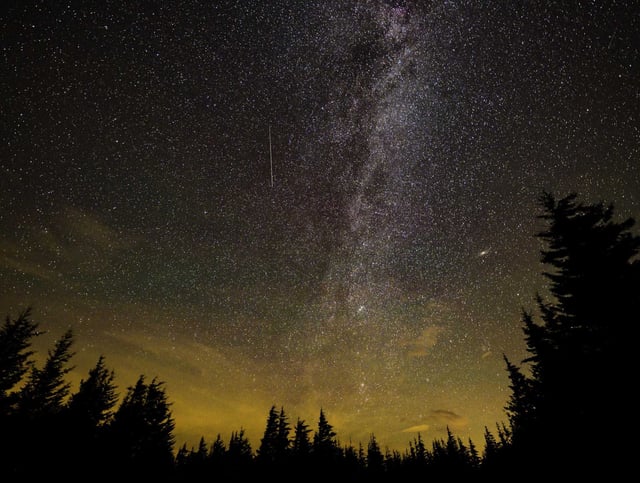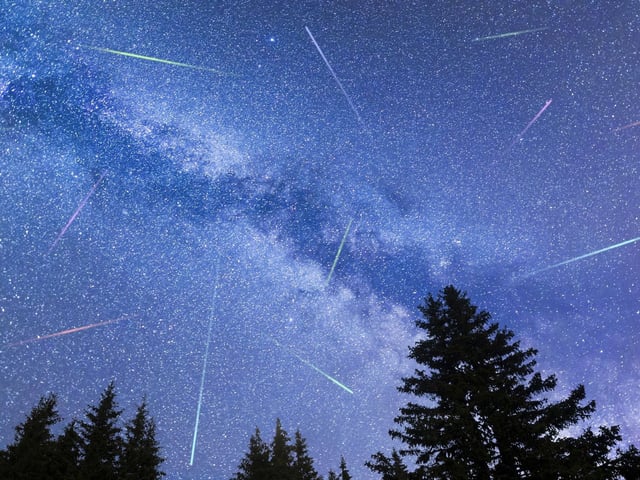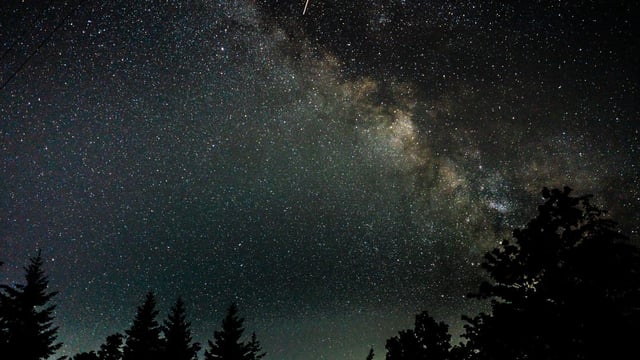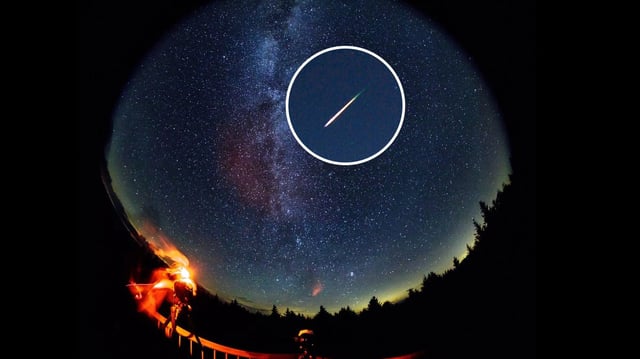Overview
- Earth will pass through debris from Comet Swift-Tuttle on the night of Aug. 12–13, marking the Perseid shower’s peak activity.
- An 80 percent waning gibbous moon rising before midnight will wash out about 75 percent of meteors, reducing counts to roughly 10 to 20 per hour.
- Under optimal dark-sky conditions after midnight, viewers could still see between 50 and 100 meteors per hour.
- Astrophysicist Gianluca Masi’s Virtual Telescope Project will livestream the shower for those unable to observe from clear rural locations.
- The Perseid display remains active through Aug. 23, offering extended viewing opportunities for skywatchers across the Northern Hemisphere.



